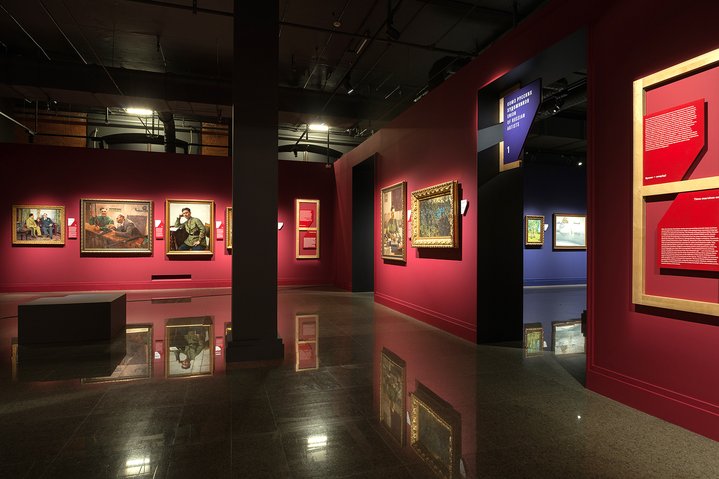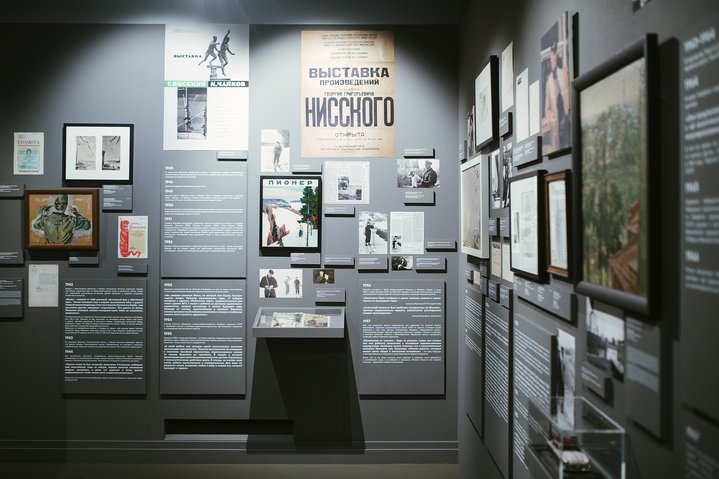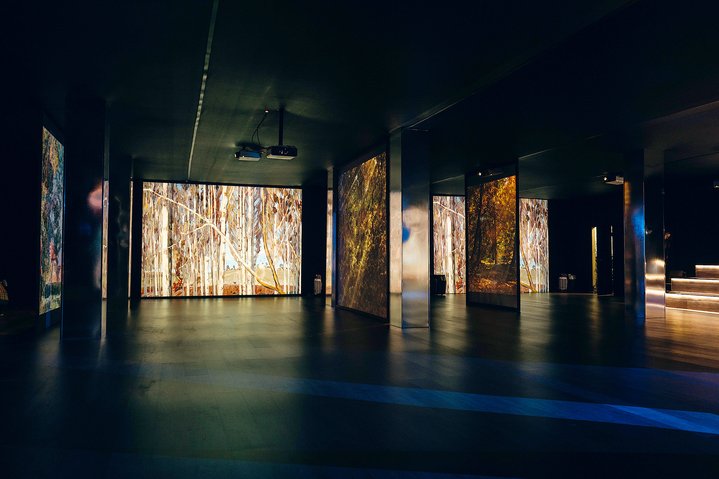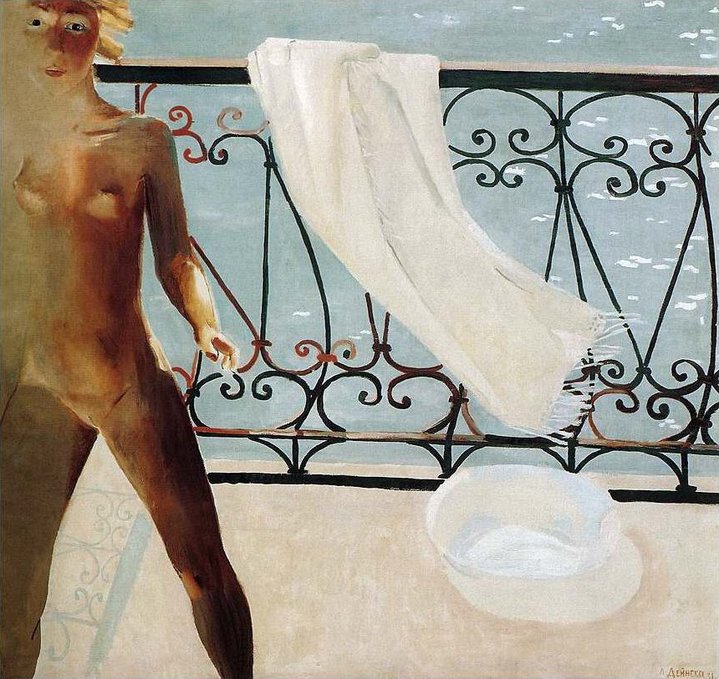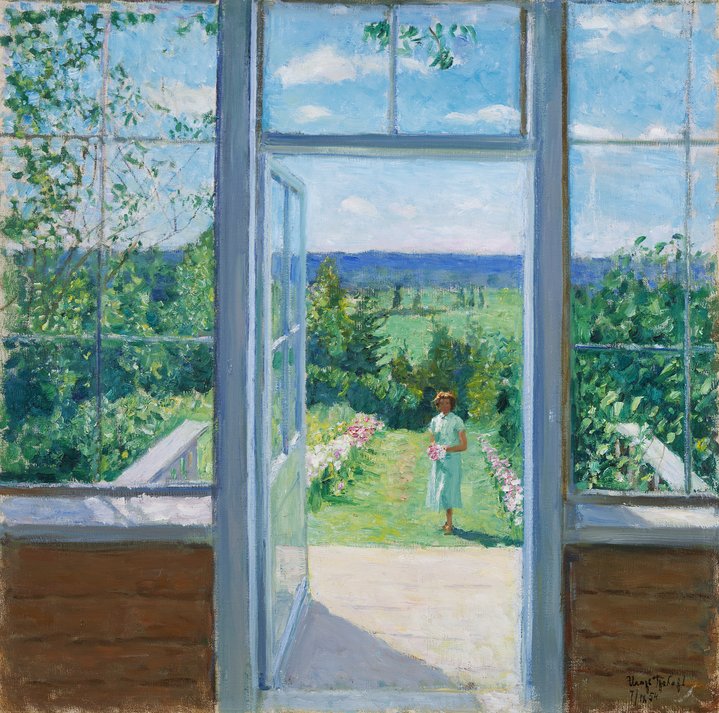Are Russia’s private museums in danger?
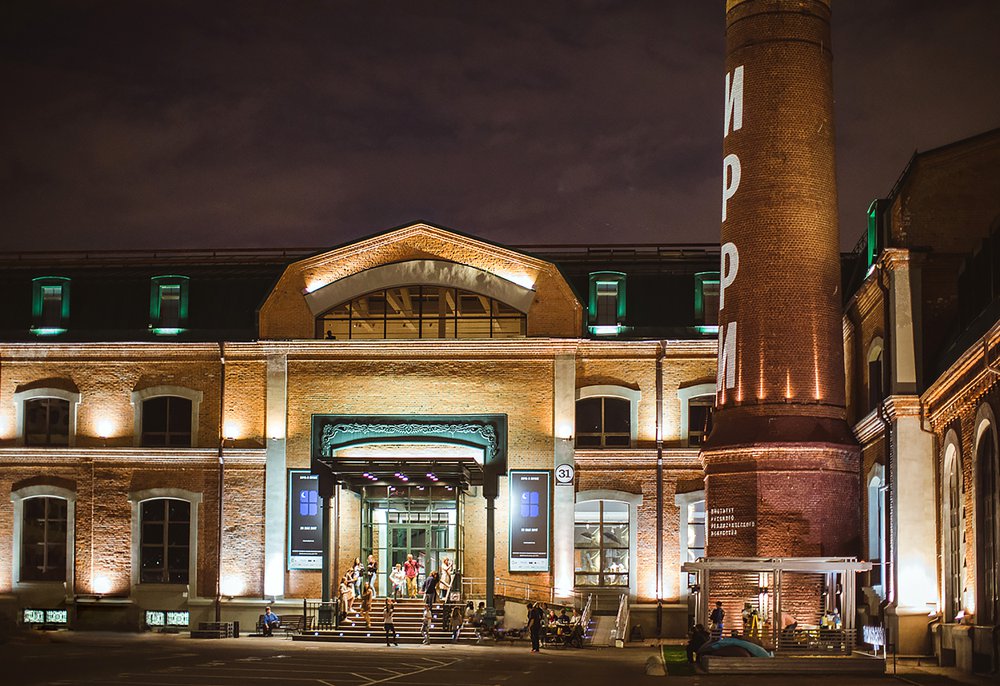
A series of recent problems involving leading private museums created in Moscow after the collapse of the Soviet Union casts a shadow on the future of such cultural institutions.
Signs that Russia’s private museums are being targeted as business disputes spill over into the cultural sphere raise questions about the role that Russian collectors will play in the future. In June, a court injunction halted exhibitions at Moscow’s Institute of Russian Realist Art (IRRA) in what appears to be a crackdown on the assets of Alexei Ananyev, one of the former owners of Promszvyazbank, a major Russian bank rescued by the state in 2017. Promsvyazbank’s new management has claimed that hundreds of millions of roubles worth of art works had disappeared from the IRRA museum’s storage, according to Russian media reports. The museum denies it.
Nadezhda Stepanova, that museum’s art director, told Russian Art Focus that “legally, the IRRA museum manages a personal collection that has already for several years no longer belonged to Alexei Ananyev,” after its ownership was transferred to a foundation. She said the museum, whose mission is “rediscovering and studying the 20th century,” was continuing to work on its digital archive and holding educational events at partner venues while “hoping and waiting for the injunction on the building and the collection to be lifted.”
Also in June, the Federal Security Service (FSB) conducted a search of the tycoon David Yakobachvili’s recently launched Sobranie Museum in Moscow. Its collection ranges from pianolas to Faberge cigarette cases. The search was reportedly part of a criminal investigation. Yakobachvili was out of the country when the search took place and has not returned to Russia since the incident. Alexei Ananyev is also no longer living in Russia.In addition, Trust, the Russian state’s bad-debt bank, has filed suit in the English courts against Boris Mints, a real estate developer who used his private collection to create the Museum of Russian Impressionism. Mints left Russia for London in 2018, but that Moscow museum has so far continued to operate. The crackdown on the museum founded by Alexei Ananyev has alarmed the Russian art world.
“We participated in all of IRRA’s exhibitions, and they took part in a large number of our projects connected with exhibiting works from the second half of the 20th century,” Zelfira Tregulova, the director of the State Tretyakov Gallery, told Forbes Russia. “I really hope that this museum will not at the end of the day disappear off the museum map of Moscow,” she said.
Marina Loshak, the director of the State Pushkin State Museum of Fine Arts, told the same publication that “all of the major state museums work with IRRA.” She praised its exhibition of works by Soviet artists such as Alexander Labas (1900-1983), as well as its participation in exhibitions abroad. A 2018 retrospective of the painter Georgy Nissky (1903-1987) at IRRA revealed the breadth of the artist’s work. Ananyev bought Nissky’s “Over the Snowy Fields” at Sotheby’s for £1,762,500 in 2014, setting an auction record at the time for post-Soviet art. Works from the IRRA were also on loan for “Red: Art and utopia in the land of the Soviets,” an exhibition at the Grand Palais which took place in Paris from 20 March – 1 July 2019. The current difficulties faced by private museums are disturbing “because when ‘business disputes’ affect cultural institutions, that is always bad,” IRRA’s Stepanova said.
Institute of Russian Realist Art (IRRA)







